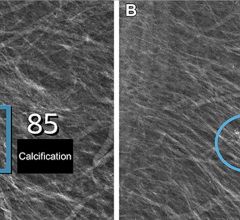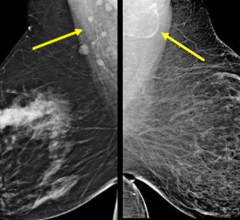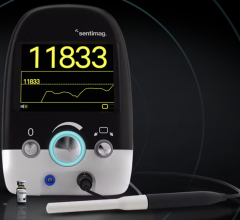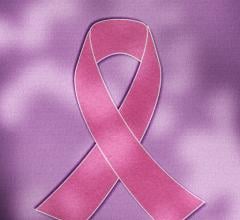
April 9, 2009 - Radiologists have developed a computer-based model that aids them in discriminating between benign and malignant breast lesions, according to a study performed at the University Of Wisconsin School of Medicine, Madison, WI.
The model was developed by a multidisciplinary group, including radiologists and industrial engineers, led by Elizabeth S. Burnside, M.D., Oguzhan Alagoz, Ph.D., and Jagpreet Chhatwal, Ph.D.
"The computer based model was designed to help the radiologist calculate breast cancer risk based on abnormality descriptors like mass shape; mass margins; mass density; mass size; calcification shape and distribution," said Elizabeth S. Burnside, MD, and Jagpreet Chhatwal, M.D., lead authors to the study. "When the radiologist combined his/her assessment with the computer model the radiologist was able to detect 41 more cancers than when they didn't use the model. The model was created based upon findings of 48,744 mammograms in a breast imaging reporting database and found that the use of hormones and a family history of breast cancer did not contribute significant predictive ability in this context," they said.
"One of the important roles of a radiologist is to interpret observations made on mammograms and predict the likelihood of breast cancer. However, assessing the influence of each observation in the context of an increasing number of complex risk factors is difficult for the human brain. In this study, we developed a computer model that is designed to aid a radiologist in breast cancer risk prediction to improve accuracy and reduce variability," said Drs. Burnside and Chhatwal.
"Our model has the potential to avoid delay in breast cancer diagnosis and reduce the number of unnecessary biopsies, which would benefit many patients. It may also encourage patients to get more actively involved in the decision-making process surrounding their breast health," they said.
"Though much work remains to be done to validate our system for clinical care, it represents a promising direction that has the potential to substantially improve breast cancer diagnosis," said Drs. Burnside and Chhatwal.
Source: This study appears in the April issue of the American Journal of Roentgenology.
For more information: www.arrs.org


 July 29, 2024
July 29, 2024 








